Site Information

In a remote region of Russia’s Far East, something extraordinary is happening: the world’s rarest big cat is making a recovery. In 2024, conservationists with the Wildlife Conservation Society (WCS) and...
Read More
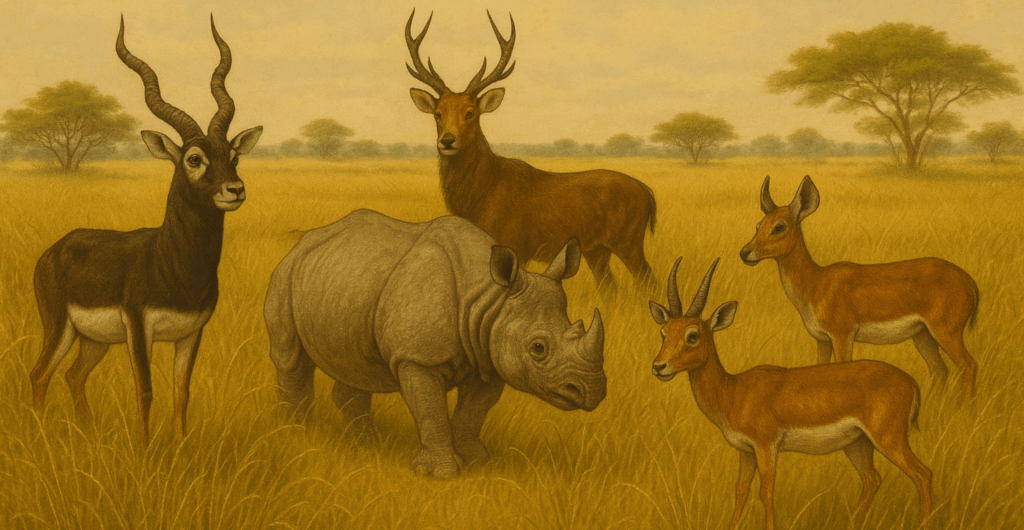
Abstract: Conservation-oriented village relocations are used as tools for wildlife conservation in developing nations like India, despite the potential sociocultural and economic costs associated with displacement. In tiger reserves in...
Read More
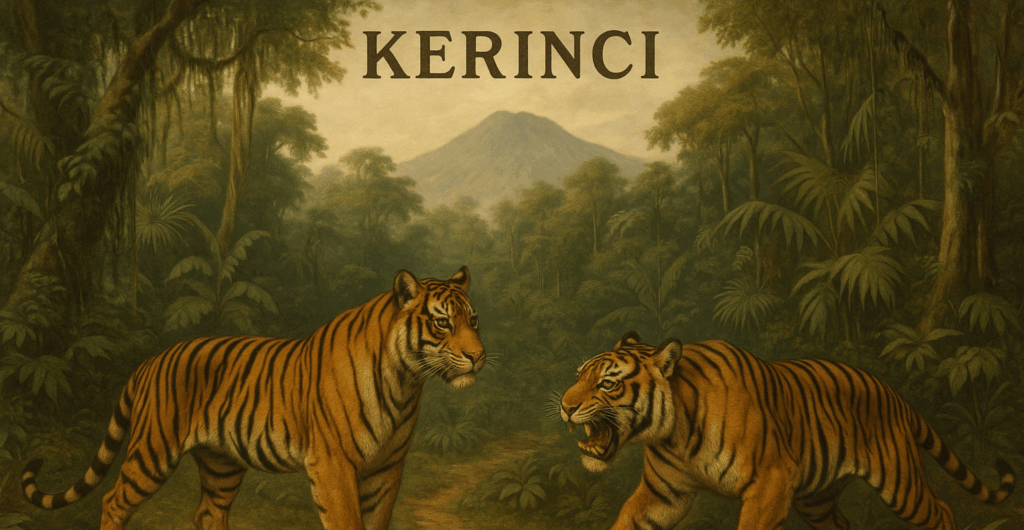
Abstract: The people of Kerinci have their own interpretation of the tiger. Tigers are considered sacred animals, with various meanings. However, on the other hand, tigers that attacked the people...
Read More
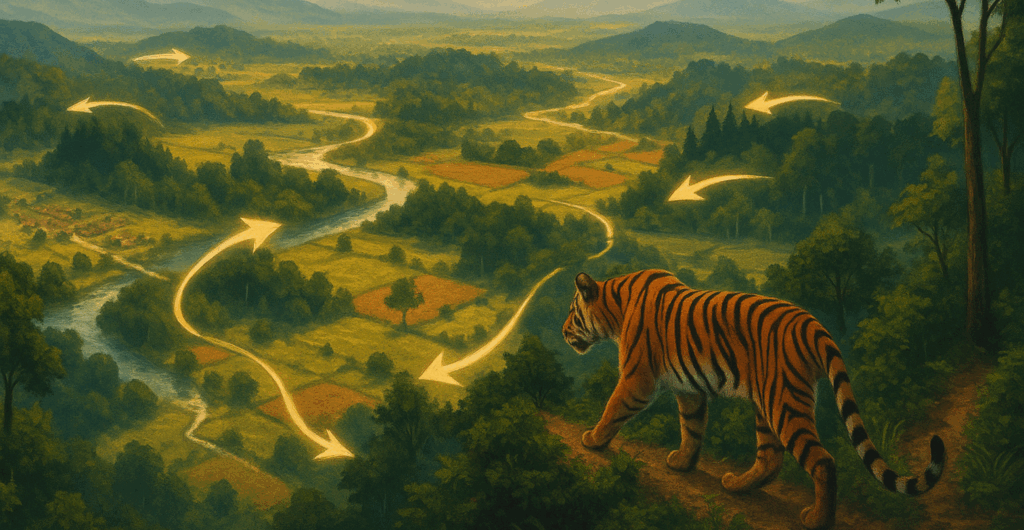
Abstract: Southeast Asia's tigers (Panthera tigris) stand at the cross-roads of recovery and ruin. While few populations remain, evidence of growth and dispersal in key sites necessitates an evaluation of...
Read More
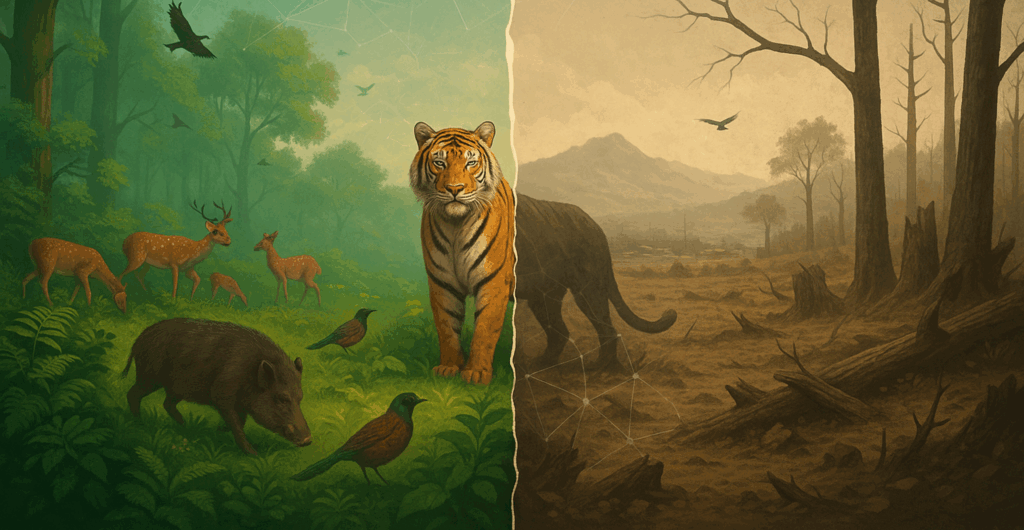
Abstract: Protected areas (PAs) serve as a primary conservation strategy to mitigate wildlife defaunation and trophic downgrading associated with human activities. However, how well they preserve terrestrial biodiversity and maintain...
Read More
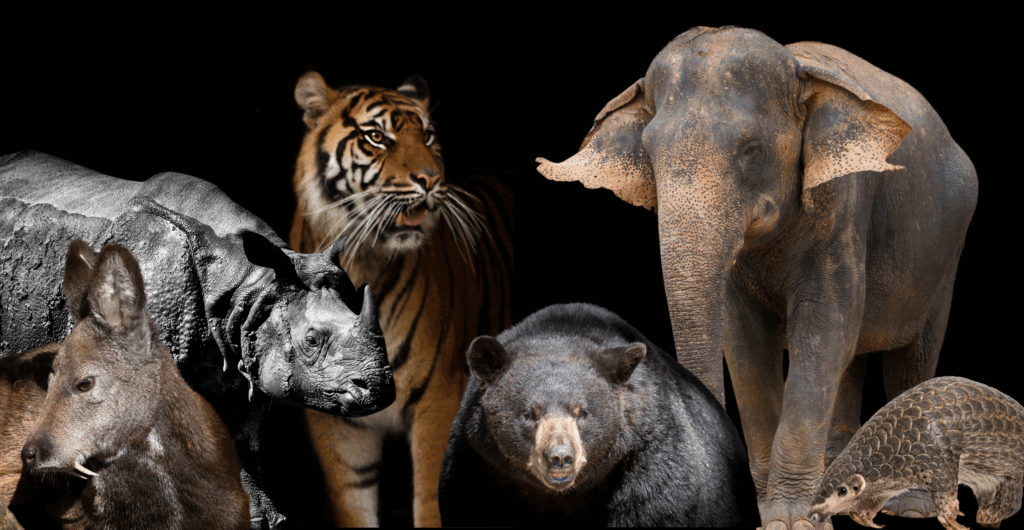
Abstract: Wildlife crime poses a severe threat to global biodiversity, driving species extinctions and enabling organized crime networks. While China has strengthened legal frameworks to combat illegal wildlife trade, the...
Read More
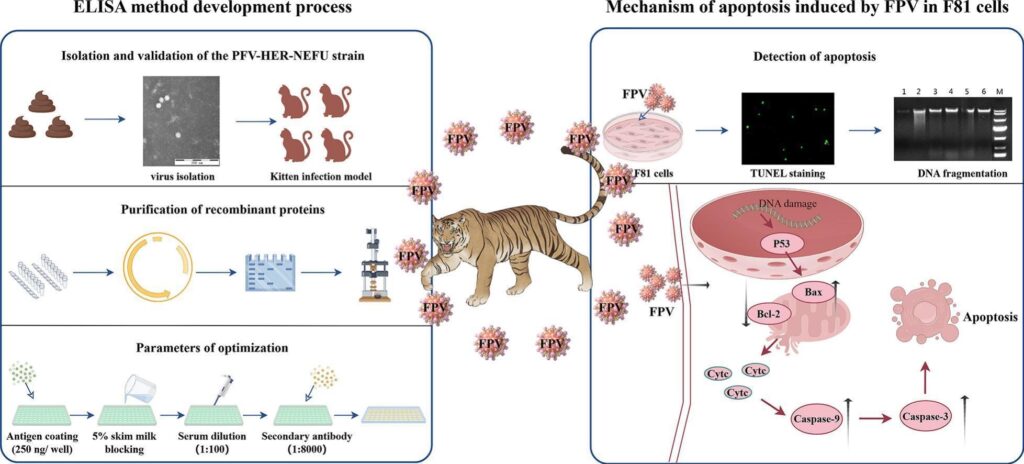
Abstract: Feline panleukopenia virus (FPV), a member of the Parvoviridae family, poses a significant threat to endangered carnivores, including the Amur tiger (Panthera tigris altaica). This study isolated a novel...
Read More
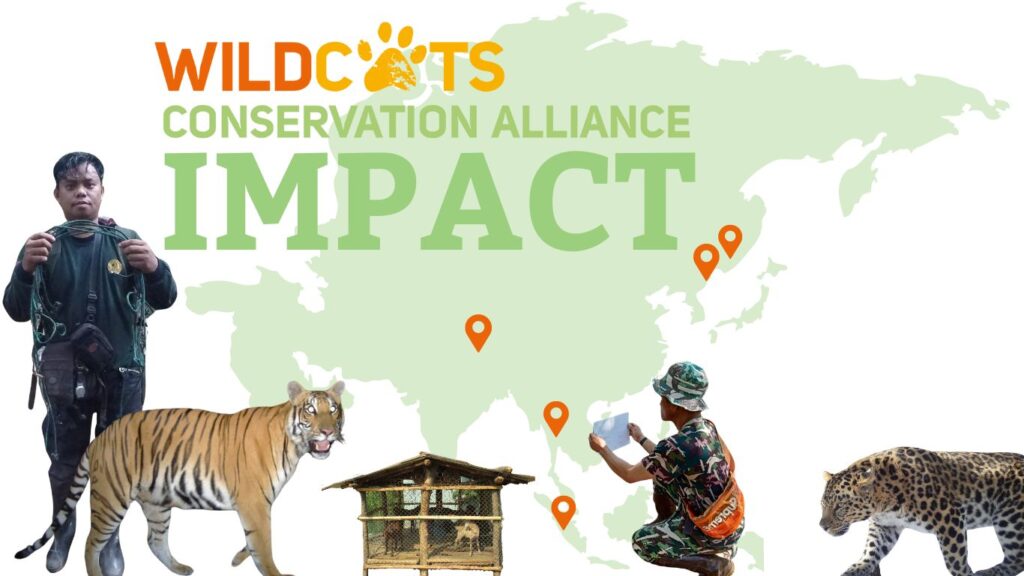
All WildCats Conservation Alliance projects are subject to rigorous scrutiny to ensure they are having maximum conservation impact. We have produced a document that illustrates how our projects succeeded in...
Read More
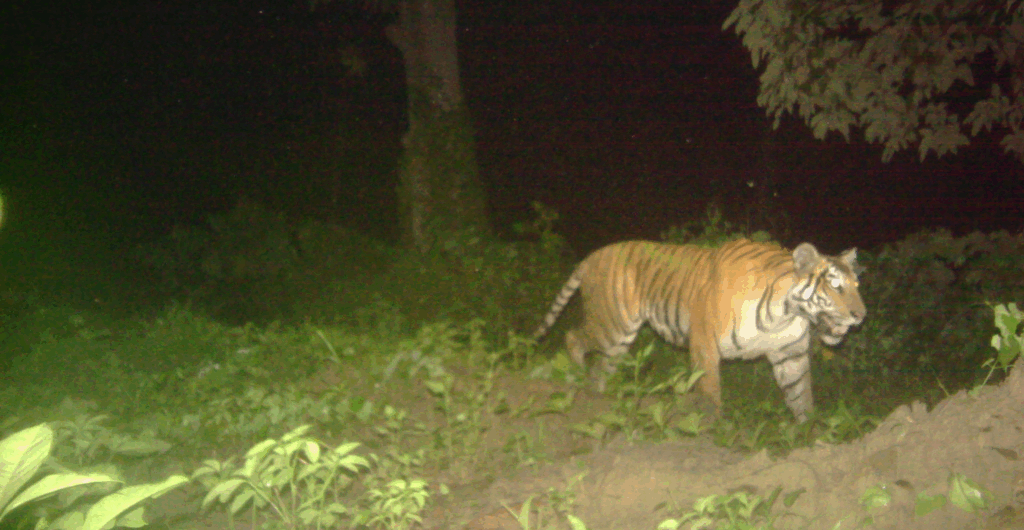
What happens when wildlife conservation doesn’t just stay in protected areas, but reaches classrooms, kitchens, and village paths? In Nepal’s Parsa National Park, something special is unfolding. With support from...
Read More
WCS Russia final report 2024
https://conservewildcats.org/wp-content/uploads/sites/5/2025/05/WCS-Russia-Tiger-Final-Report-2024.pdfLingkar final report 2024
https://conservewildcats.org/wp-content/uploads/sites/5/2025/05/LingkarInisiatifFinalReport2024-2025.pdf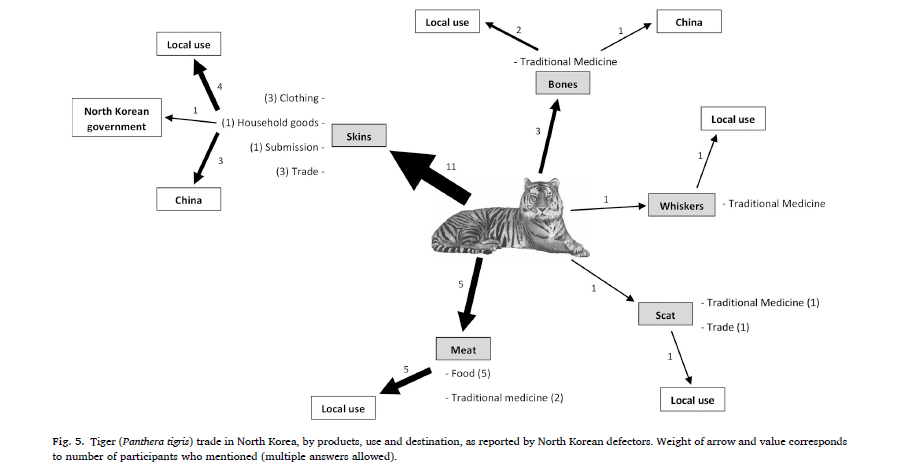
Abstract: Despite pressing conservation and humanitarian concerns regarding the sustainability of natural resource exploitation in the Democratic People’s Republic of Korea (North Korea), reliable information is extremely limited as North...
Read More
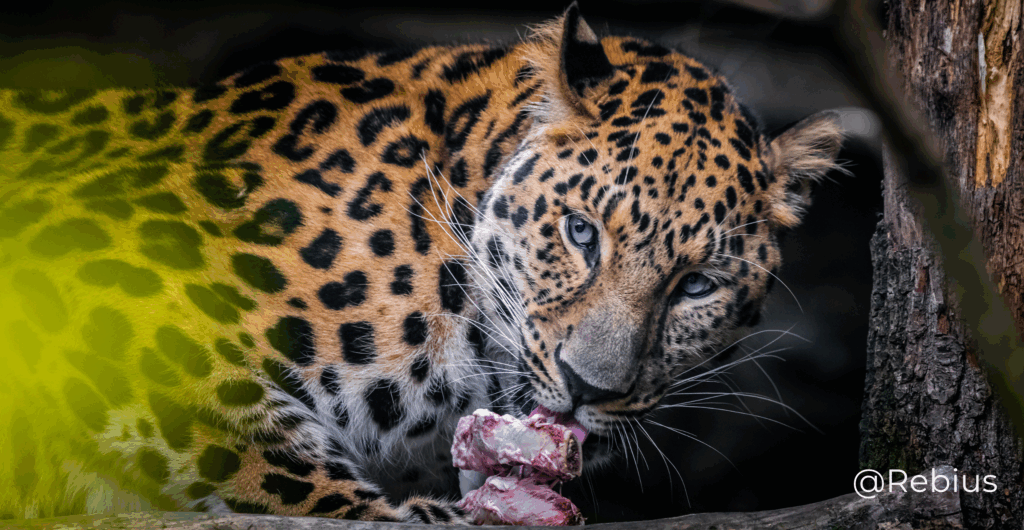
Abstract: Leopards Panthera pardus are top predators that play a crucial role in maintaining ecosystem balance and stability by exerting top-down control on prey species populations through direct predation. Despite...
Read More
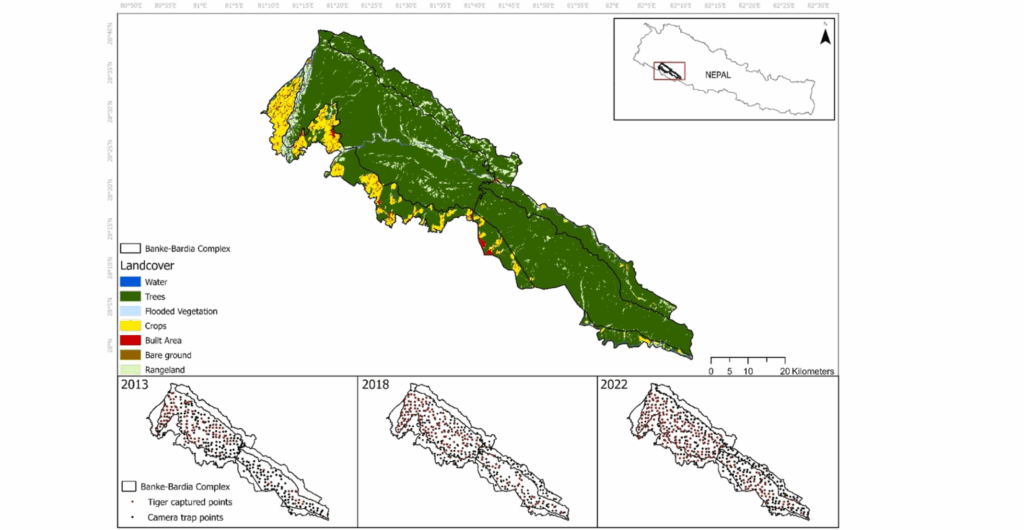
Abstract: Thirteen countries within the distributional range of tigers adopted the St. Petersburg Declaration in 2010, committing to double their tiger populations by 2022. As a signatory to this document,...
Read More
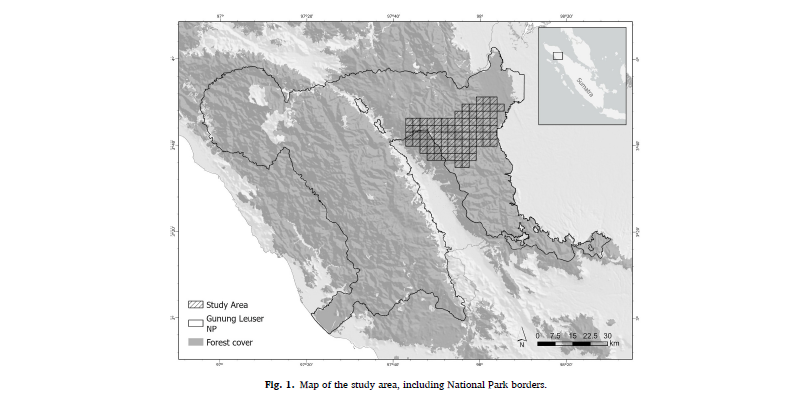
Abstract: Protected areas face immense pressure for their resources and the space that they occupy. To protect them and their wildlife, management approaches such as ranger patrols and measures to...
Read More

Abstract: Livestock predation in protected areas is a key factor in human-carnivore conflict. Several countries provide financial assistance to livestock owners to reduce the economic impact and encourage coexistence. However,...
Read More
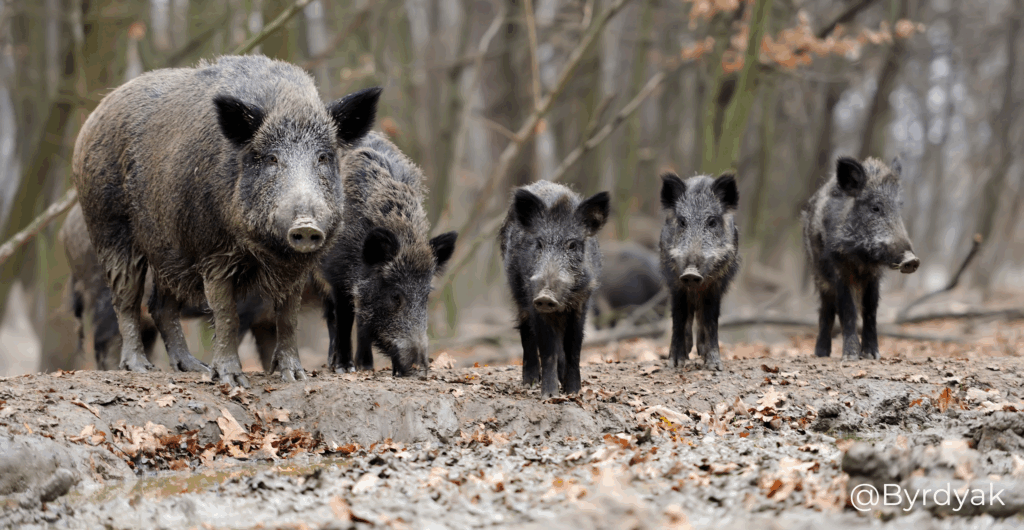
Abstract: The wild boar (Sus scrofa) population in the southern Russian Far East declined by 90-95% because of an African swine fever (ASF) epizootic that began in 2019. The loss...
Read More
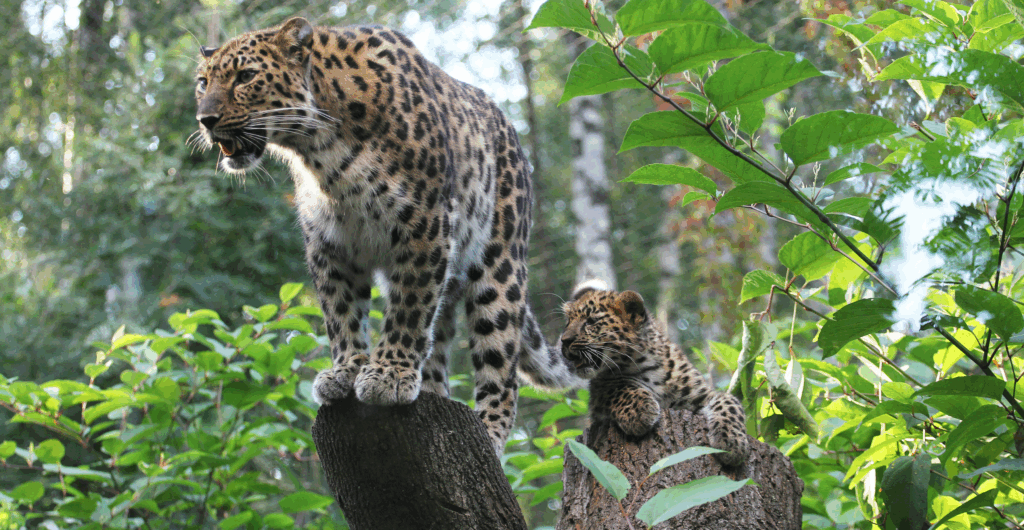
Today, on 22 May, we join the global community in celebrating the International Day for Biological Diversity under the theme “Harmony with Nature and Sustainable Development” . This theme underscores...
Read More

Abstract: Tigers have become part of the lives of Sumatran people. As part of the living system, tigers also have an impact on society. These impacts include the relationship between...
Read More

Abstract: Context China initiated its national parks in 2016 for safeguarding biodiversity and ecosystem integrity. The newly established Northeast Tiger and Leopard National Park (NTLNP) is essential for saving endangered...
Read More

Abstract: Microplastics (MPs) are emerging environmental pollutants that pose a significant threat to wildlife within forest ecosystems. However, the quantity and types of MPs in wildlife forest habitats remain unclear....
Read More
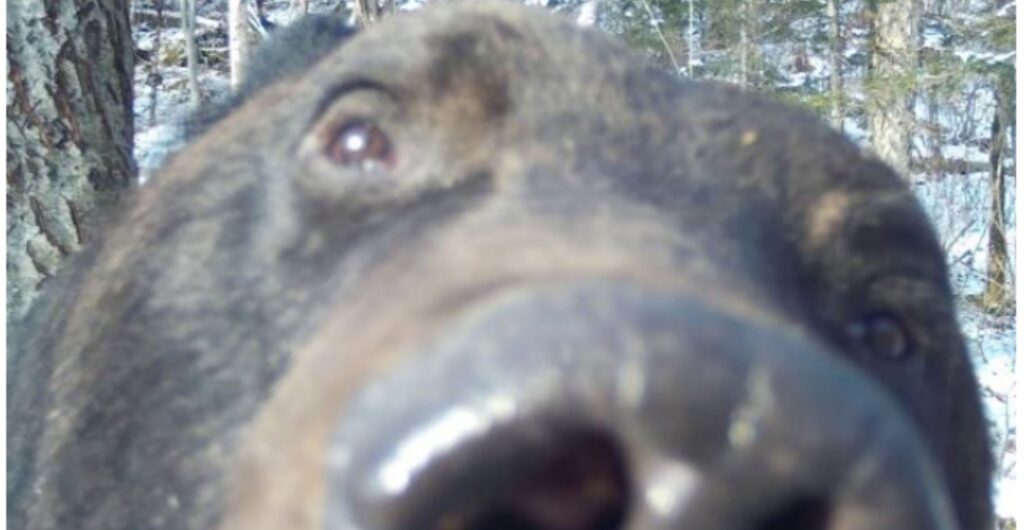
By Ekaterina Igorievna Nikolaeva, Wildlife Data Specialist, ANO WCS Every spring, at the end of the camera trapping season, we return to the forest to retrieve our cameras. For us,...
Read More
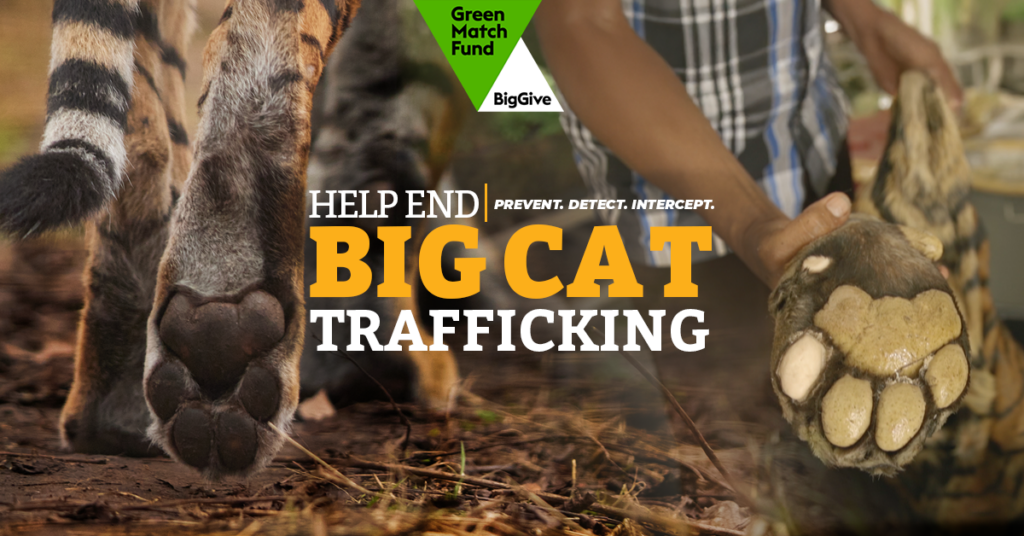
Help End Big Cat Trafficking From 22-29 April, every donation you make to WildCats via the Big Give 2025 platform will be doubled, helping us reach our fundraising goal of...
Read More
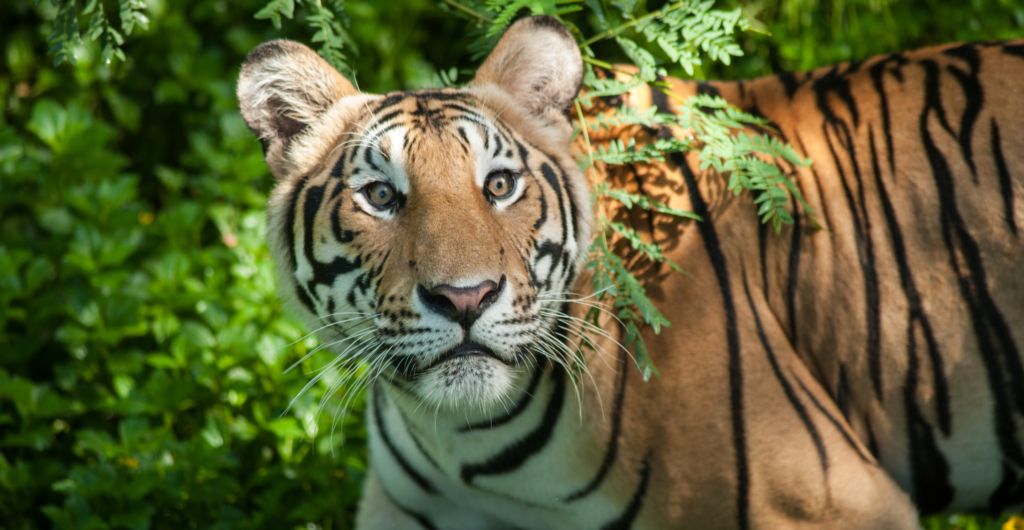
Abstract: Indochinese tigers (Panthera tigris corbetti), formerly distributed across mainland Southeast Asia, have experienced significant range contraction, with populations in Thailand serving as the last remaining strongholds. One such landscape...
Read More
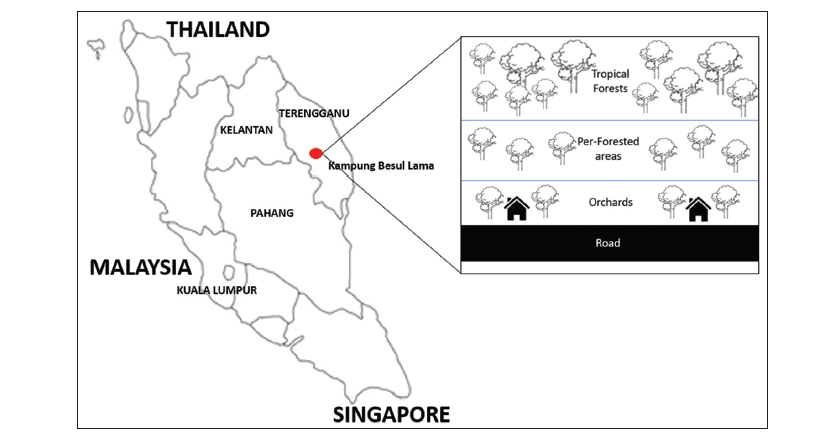
Abstract: Background and Aim: The increasing human-wildlife interface due to urbanization and agricultural expansion has escalated the risk of zoonotic and interspecies disease transmission. Canine distemper virus (CDV), a highly...
Read More

